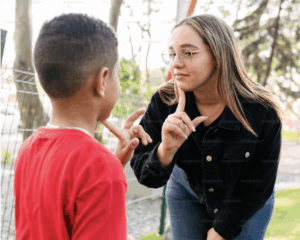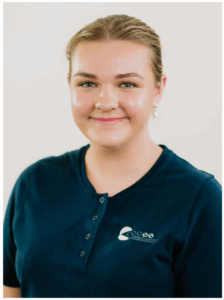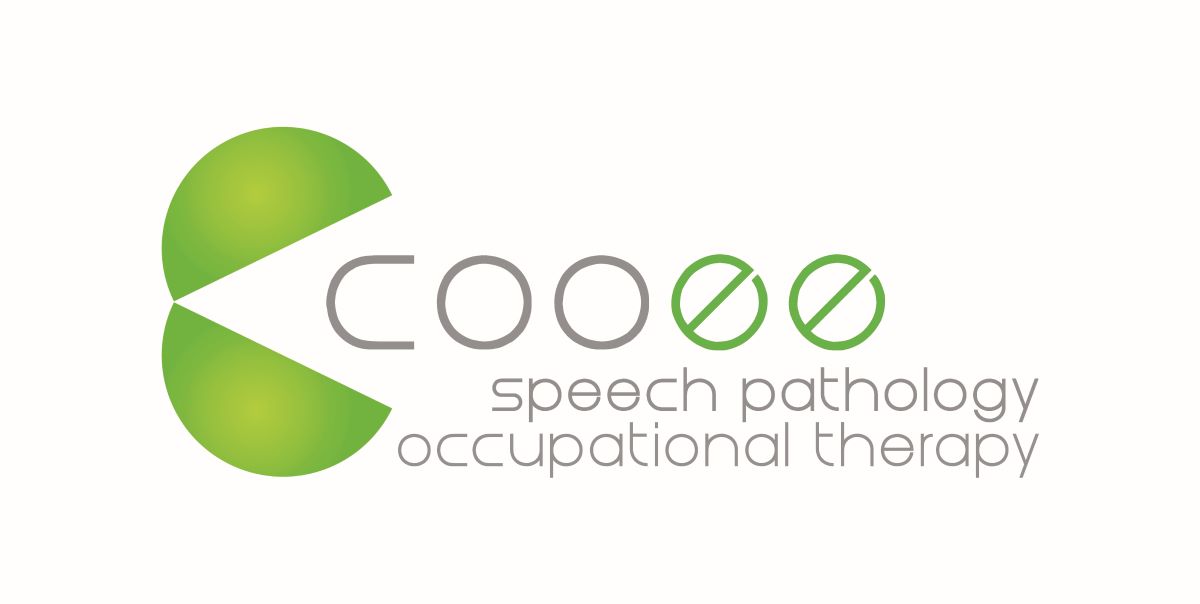Every Child Is Unique: Communicating Using Sign!
There are so many ways that people can communicate, whether it’s gestures, facial expressions, words or signs. It’s important that we support and celebrate all the different and unique ways that people communicate. For some, sign language is the way that they connect with others and express themselves.
What Is Signing?
Signing is when someone uses hand gestures, facial expressions, and body language to express a message. It can be a full language, like Auslan (Australian Sign Language), which has its own grammar and sentence structure. Signing can also be used as an Augmentative and Alternative Communication (AAC) to support an individual’s communication (for more information about AAC see this blog). Key Word Sign (KWS) is used alongside speech to help children understand messages and express themselves.
What Is Key Word Sign (KWS)?
KWS is a communication strategy that adds signs and natural gestures to spoken words. Unlike Auslan, where every word is signed and speech isn’t needed, KWS focuses on signing the key words in a sentence. For example, if you say “Let’s wash our hands” you would sign “wash” and “hands” while saying the full sentence aloud.
This means your child hears the message through speech and sees it through signs giving them two ways to understand what’s being said.
Why Use KWS?
KWS is a powerful tool for children and adults who experience communication difficulties. It helps in two key ways:
- Understanding: Signing the key words slows down the message and makes it easier to process.
- Expressing: Children can use signs to say more than they might be able to with speech or gestures alone.
KWS can reduce frustration, support language development and encourage interactions with others. Research shows that using KWS won’t stop children from speaking, and if speech is possible for them, signing can actually help their language to grow.
Who Can Use KWS?
 KWS can be used by:
KWS can be used by:
- Young children who are still developing speech
- Children with developmental delays, autism, Down syndrome, or other communication challenges
- Older children and adults as part of Augmentative and Alternative Communication (AAC)
- Anyone who benefits from visual support during communication
Getting Started with KWS
If you’re thinking about using KWS with your child, start small. Choose a few key signs like:
-
- “More”
- “Finished”
- “Help”
- Or words that are really motivating for your child
Model these signs during everyday routines. For example, if your child hands you a box they can’t open, you could say and sign “help” as you open it. Don’t worry if your child doesn’t start signing right away, just like learning spoken words, they need to see signs many times before using them. If you’re looking for toy ideas with signs and words to model, check out our blog on toys to support children’s early word development.
Whether your child is signing “more,” pointing to a toy, or waving “hello,” every way they communicate is meaningful.
For more information and resources, visit the Key Word Sign Australia website.

Written by Speech Pathologist Molly Symonds, September 2025
References:
Pattison, A.E., & Robertson, R.E. (2016). Simultaneous presentation of speech and sign prompts to increase MLU in children with intellectual disability. Communication Disorders Quarterly, 37(3), 141-147.
Key Word Sign Australia. (n.d.). Key Word Sign Australia. https://kwsa.org.au
